I try not to write articles about market statistics. It creates references in time that may not be relevant a year from now, or even a month from now. I am working with a customer as I write this that brought up an article I wrote back in 2012, and how much things have changed. It goes back to using old real estate data to value something today. Appraisers like to use the most recent data possible, and rarely look at anything over a year old. There’s a good reason for that. With the above said, let’s get into it.
What’s Happening? If you are reading this article today, I don’t have to tell you how crazy the real estate market is. If you are reading this article 8 years from now, it’s crazy. Everything is flying off the shelf. To put things into perspective, In 2019 there were 281 land sales throughout Teton Valley. Year-to-date we’ve had 189. This isn’t that crazy. Add in the number of pending transactions and that number jumps to 292 – and August isn’t even over yet. There are over 100 contracts on vacant land out there today. Here’s another one. In 2019 there were 21 sales throughout Teton Valley in excess of $1m. YTD there have been 15, but there are 20 pending sale. I can do this in pretty much every sector of the real estate market.
What Caused This? I think it’s pretty clear that COVID-19 has something to do with it. People flocking to rural America is a conversation I’m almost tired of having. I thought about naming the article in the name of the catalyst – but I’m not even going to go there. This is a touchy subject that has impacted millions of people. Regardless, I’m sure we are in a little bit of a perfect storm. Another thing I’ll hate to admit for future readers sifting through old material, interest rates are at historic lows. Even the interest rates are tied to the pandemic, however. Teton Valley was waiting to be discovered? Yeah, we’ve been saying that for a long time. I wrote an article not long ago about the common comparison of the future of Teton Valley to the next Park City or Sun Valley. In that article, I basically made a claim that we have too much available land and we were quite a ways off from that happening. Now I remember why I don’t make predictions.
What’s Going to Happen? Hey, I just said I don’t want to make predictions. I will provide a few scenarios, however.
Scenario 1: We do become the next big destination. Targhee expands, all of those 3500 building sites throughout the Valley that everyone said would never get purchased are snatched up. Construction goes wild, and commercial expands. Teton Valley becomes as recognizable as Sun Valley.
Scenario 2: All of the bad stuff happening in the world catches up to us, and gets us back into reality. Everyone working from home and moving to Teton Valley realizes that we do have a Winter season, and it is a long one. Inventory levels creep back up and the market stabilizes, or sags.
Scenario 3: We know there is turmoil in the economy, but not all economic downturns impact real estate. After all, most historic data shows that since the 50s or so, we really only had one drop in real estate prices, and that was in 2007. It’s fresh in my mind because that was a big chunk of my career, so that probably always causes me to be conservative or even pessimistic in some fashion or another. Anyway, certain areas of the Valley are changed forever. All of the golf clubs become more exclusive, and the high-end real estate becomes less obtainable. Many of these land purchases remain vacant land, but residential inventory rises over time. Those city dwellers tired of winter adds to that inventory, and the market stabilizes, or at least normalizes. Real estate prices aren’t dramatically affected because construction costs remain high, and much of the land purchased today is redistributed into the market over the next generation. COVID-19 and the Summer of 2020 changes the landscape of Teton Valley forever, and traffic increases with visitors who have finally discovered our beautiful home.
Remember, I don’t make predictions. But if somebody gave me all three of these options, I think this is the one I would probably put my money on.
